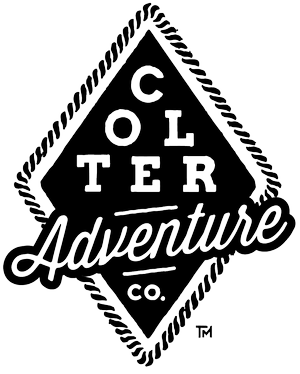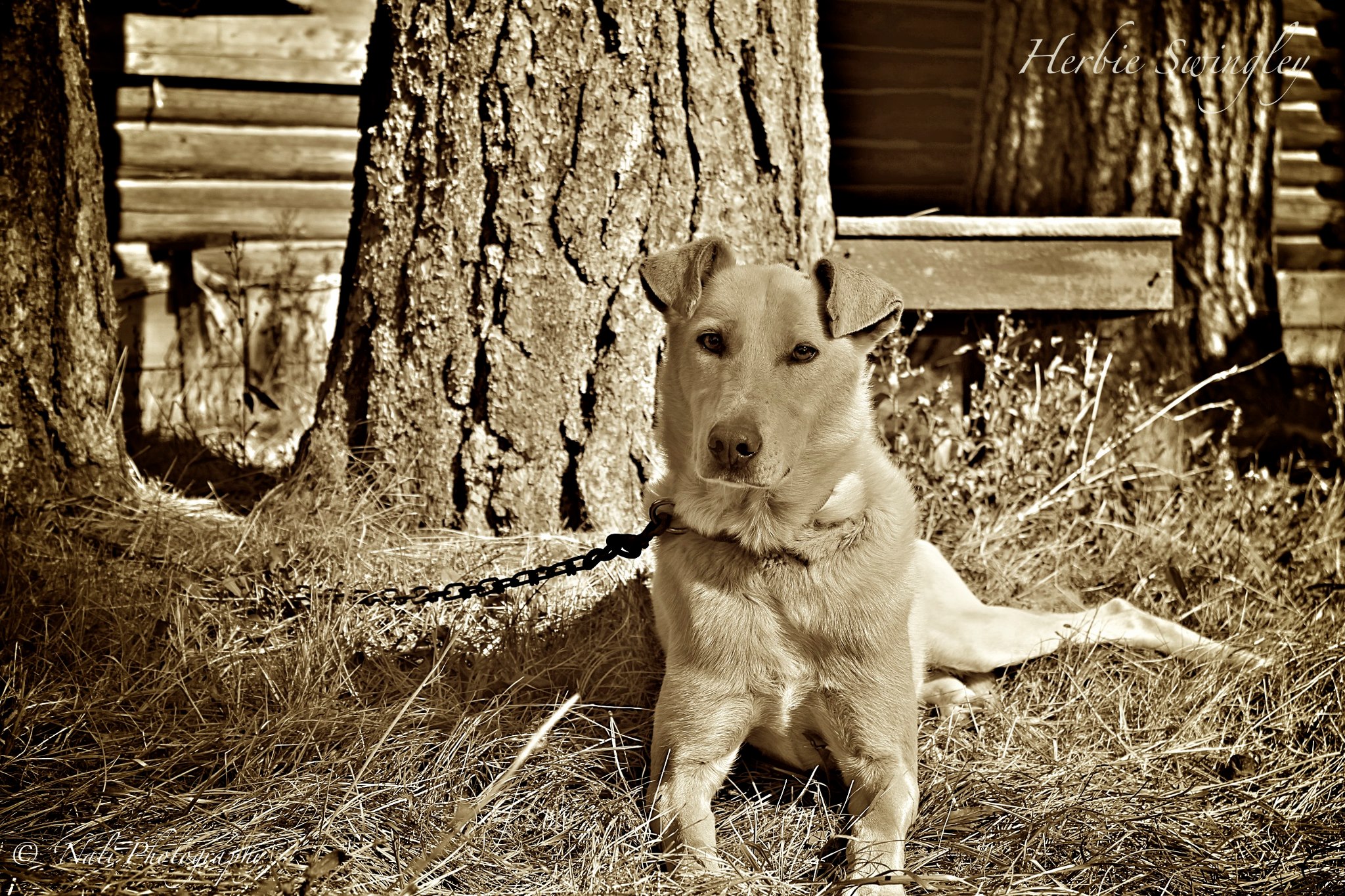I have had a fascination with dog sledding for years. I think it's a combination of things that interest me. It's the connection to history and the ingenuity that is required to sustain human life in some of the most inhospitable environments. It's also the partnership between animals and humans, and the fact that these dogs are truly born to do this. They love to run and pull a sled. It's not a case of humans cruelly abusing animals, but working with them. Of course the fact that they have been carefully bred to be this way doesn't hurt either.
I had a chance to talk about dog sledding with Dustin Kendall, a good friend of mine and long time musher. This was our conversation:
Colter Co.: How did you get interested in dog sledding?
Dustin Kendall: I read the book 'White Fang' by Jack London in 7th grade. Around the same time a guy from a nearby town was preparing to run the 1,000 mile Iditarod in Alaska. I got in touch after he got back from the Iditarod and bought some dogs from him. My parents encouraged me and helped me build a team of dogs.
CC: What have been some of your most memorable dog sledding experiences?
DK: When I was 17 I went camping up in the Uinta Mountains with my friend Matt Waldvogel. We both took our dogs teams and camped along the trail. We ran the dogs and then bedded them down for the night, and went to sleep. The next morning I woke up at around 5am and couldn't feel my legs below my knees. It was so cold. In order to warm up we decided to run the dogs. We ran them up the side of one mountain on to a plateau. As we crested the top the sun started coming up and I finally started warming up. As my legs started to thaw I could feel each toe as it warmed up, one by one, starting with my big toe to my pinky toe. Each toe was progressively more painful than the last to thaw. At around the time my legs and feet thawed, the sun was shining beautifully on the mountains and snow. It was one of the best runs I ever had. We turned the dogs around a couple of miles after cresting to the plateau and ran back to our trucks at the parking lot. It was probably 9am or so when we got back to the trucks. Once we arrived, we saw a search and rescue crew on a practice run. One of them walked over to us and asked us if we had spent the night on the trail, which we replied that we had. He said that in town they had registered a -30F reading that night. On the trail it had most likely reached -40F. No wonder my feet were frozen! Unfortunately Matt's truck froze up (it was a diesel), so we had to tow it into town.
Several years ago I was still running dogs on snow in June. I had decided to go on one last run, so I headed up to the backside of Mt. Timpanogos. I hooked the dogs up and they took off. The snow was sparse in some areas, and on one particular corner there was no snow. I lost my balance and fell off the sled. The dogs kept running, without me. I had two options. The first was to chase them up the mountain in full winter gear, and hope they either stopped or I caught up to them. The second was to turn around and run down to my truck and drive to the end of the trail which was up another canyon, 20 miles away. Catching them on the other end of the trail was risky as there was a chance they would have beaten me to the end, which at that point they would have kept running on the trail, which in reality was a paved road, with cars and all. I decided to run after them, and told myself I'd turn around after a mile or so if I didn't catch them. I'm glad I decided to follow them. After nearing the end of the mile I stopped to see if I could hear them at all. I could faintly hear a metallic sound, like someone was hammering something, so I waited a few minutes to try to figure out what it was. The sound got louder and louder until finally I saw what it was. The dogs were coming back to me! On our sleds we keep what we call a 'snowhook' that's used in addition to the brake on the sled to hold the dogs back. The snowhook had somehow become dislodged and was flailing around as the dogs were running back towards me. My leader Ice came right to me and laid down on the trail. Somehow she must have figured out that I was no longer on the back of the sled and turned the team around!
CC:Which skills are required for the sport?
DK: Patience, tolerance for cold weather, love for animals. A dog team is not something you can put away for the summer like a snowmobile, so you obviously really need to like dogs.
CC:What kind of gear to you bring with you? Do you have a survival kit? (if so, what's in it?)
DK: Boots that aren't too heavy (because you will want to help out the team if you can, especially when racing), and can keep your feet warm in extreme conditions. A parka that can withstand temperatures well below freezing. I don't have a survival kit -- though most mushers do -- I should probably put one together.
CC: What advice would you give to someone just starting out?
DK: I think the biggest piece of advice I can offer relates to team growth and the quality of the team. I've seen many people, new to the sport, who jump right in and expand their team by breeding mediocre dogs. Don't do that! You'll end up with a mediocre team. For as long as you can, buy dogs from other mushers, and buy the best dogs you can find. 4-time Iditarod Champion Jeff King, who's been mushing for decades, still buys dogs from other mushers. Get familiar with the best lines out there and pick from those lines.
CC: Do you have a favorite breed of dog?
DK:Type of dogs: I prefer only the Alaskan Husky. There are other breeds that can be used, including but not limited to the German Shorthair Pointer, Siberian Husky, Alaskan Malamute, Samoyed, Greenland Husky. I prefer the Alaskan because it's the top performer. Alaskan Huskies originated from the Alaskan village dogs and are bred for their performance and not their looks. They are not an AKC registered breed. They're rangier and shorter haired. They don't look like the typical sled dog portrayed in the movies. My first lead dog (Togo) was a grandpup of a very famous native village dog named 'Lingo' from legendary musher George Attla. The way George describes Lingo is also how I'd describe Togo - truly a great lead dog."
CC: What are your favorite books about dog sledding?
DK: Winterdance and Woodsong by Gary Paulsen. Silver Chief Dog of the North by Jack O'Brien.
Thank you, Dustin.
{Dustin works in software development. Check out his site here: devdustin.com}




